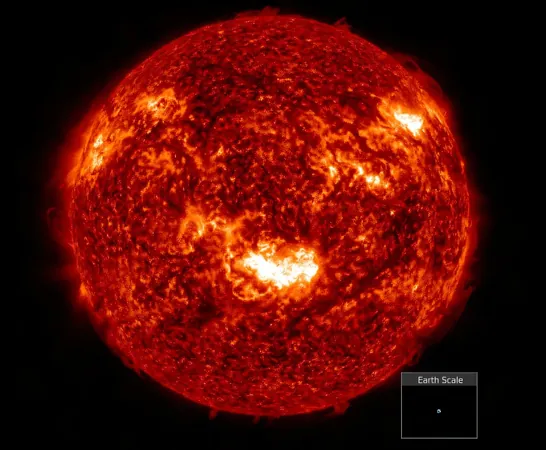
NASA Uncovers Astounding Insights from Massive Geomagnetic Storm
2025-05-10
Author: Michael
NASA's Bold Simulation Turns Real
One year ago today, a remarkable gathering took place as NASA joined forces with around 30 U.S. government agencies. Their mission? To simulate an unprecedented threat from the cosmos. This wasn't an asteroid or extraterrestrial life; it was a perilous geomagnetic storm triggered by our very own sun.
Dubbed the inaugural Space Weather Tabletop Exercise, this meeting aimed to analyze the potential impacts of a geomagnetic storm—an occurrence that can wreak havoc on satellites, overwhelm power grids, and expose astronauts to dangerous levels of radiation. But in a striking twist of fate, their drill swiftly morphed into a real-life crisis.
The G5 Storm: A Wake-Up Call
On May 10, 2024, Earth was hit by its first G5, or "severe," geomagnetic storm in over 20 years. Named the Gannon storm in honor of notable space weather physicist Jennifer Gannon, this event didn't bring catastrophic damages—yet valuable lessons emerged from it.
Understanding the Storm’s Impact
The consequences of the Gannon storm rippled both on Earth and beyond. High-voltage power lines failed, transformers overheated, and GPS disruptions forced Midwestern farmers to deal with damaged machinery and further delays in their planting season.
"While the impact wasn’t catastrophic, farmers who faced disruptions averaged losses of around $17,000 each," explained Terry Griffin, a professor at Kansas State University.
Air Travel and Space Debris—A Tangled Web
In the skies, increased radiation exposure prompted trans-Atlantic flights to divert their routes. Meanwhile, atmospheric anomalies were observed, with the thermosphere reaching record temperatures—soaring past 2,100 degrees Fahrenheit, an astounding rise from the normal peak of 1,200 degrees.
The unusual heating led to expanded atmospheric drag for thousands of satellites, with NASA's ICESat-2 entering safe mode and Europe’s Sentinel missions requiring extra power to navigate orbital adjustments.
Earth's Magnetic Shield Shaken
The storm also reshaped the magnetosphere, with NASA's missions capturing mesmerizing data about colossal waves of particles crashing against the Earth’s magnetic bubble. These phenomena created the most substantial electrical current observed in two decades.


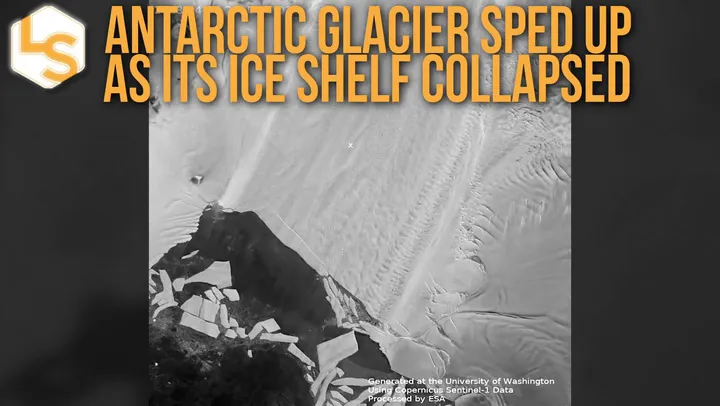

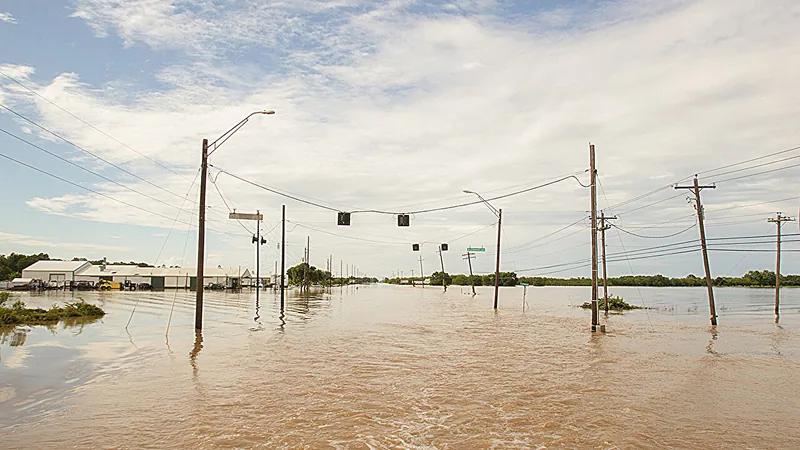

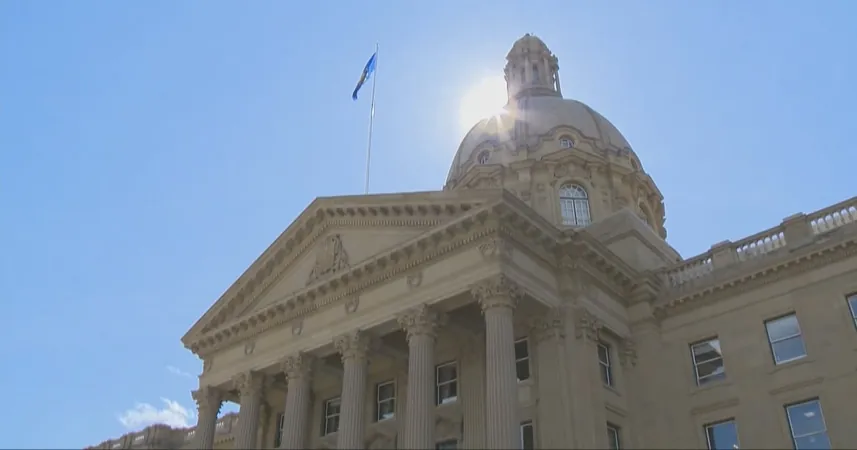

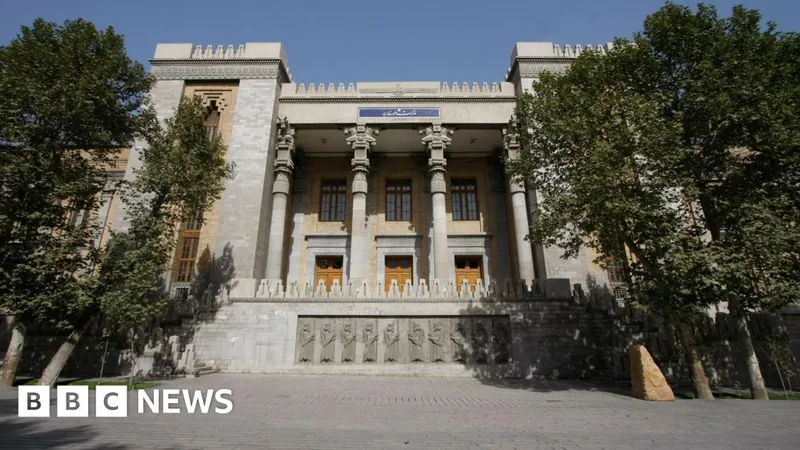
 Brasil (PT)
Brasil (PT)
 Canada (EN)
Canada (EN)
 Chile (ES)
Chile (ES)
 Česko (CS)
Česko (CS)
 대한민국 (KO)
대한민국 (KO)
 España (ES)
España (ES)
 France (FR)
France (FR)
 Hong Kong (EN)
Hong Kong (EN)
 Italia (IT)
Italia (IT)
 日本 (JA)
日本 (JA)
 Magyarország (HU)
Magyarország (HU)
 Norge (NO)
Norge (NO)
 Polska (PL)
Polska (PL)
 Schweiz (DE)
Schweiz (DE)
 Singapore (EN)
Singapore (EN)
 Sverige (SV)
Sverige (SV)
 Suomi (FI)
Suomi (FI)
 Türkiye (TR)
Türkiye (TR)
 الإمارات العربية المتحدة (AR)
الإمارات العربية المتحدة (AR)